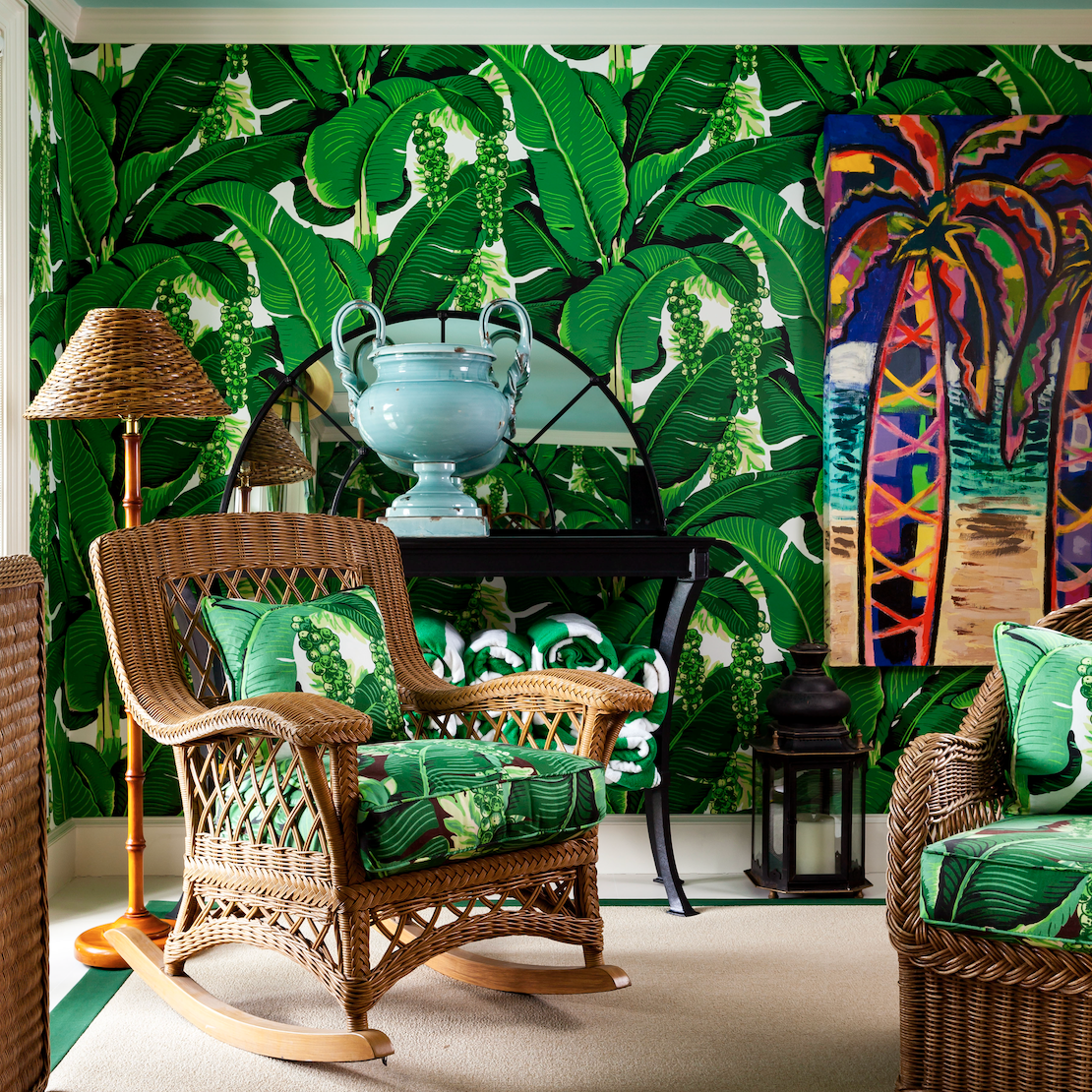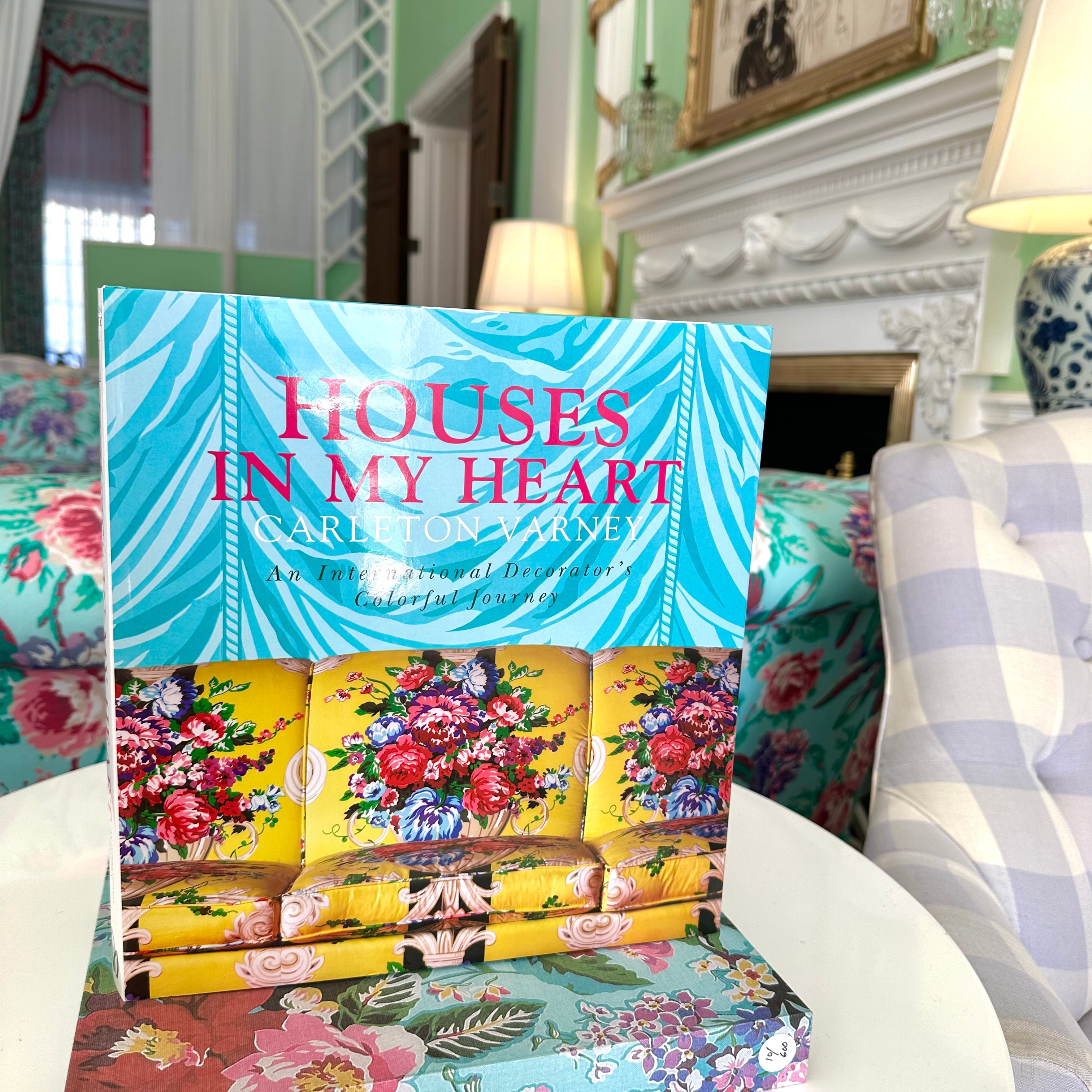Battenburg, other laces add beauty, comfort to bedrooms
By Carleton Varney
What a wonderful world the world of lace. Lace has been around since the 16th century and should be considered a personal adornment, just as one would think of gold or silver jewelry. In fact, the French designer Loulou de la Falaise, who markets her clothing, as well as her jewelry, on the Home Shopping Network, developed a jewelry neckpiece that resembles lace. Her golden-lace pendants make for an imaginative look.
As you know, infants wear lace gowns when they are christened, and Mom and Dad keep the christening gown and bonnet in a chest so that it will always be preserved — and perhaps used for a christening by the next generation. Likewise, the bride wears lace on her veil and sometimes on her dress and its train.
In the 1600s, men at court sported lace cuffs and collars and lace ascots tucked into their velvet jackets. Handmade lace was prized as a treasure — and it still is, as an adornment on a dress, a mantilla or a table in our everyday world.
I’m sure some folks may still think of lace as they think about Waterford glass — a bit antique and a bit, shall we say, old-fashioned. But these folks are behind the times, as lace today is not old-fashioned, nor for that matter is Irish cut crystal. These treasures are very much in demand.
When you stay at one of the many bijoux hotels in America and abroad, you’ll find the bed to be the center of attraction. I believe that the bed is to the bedroom what the sofa is to the living room and the dining table is to the dining room. The bed and the dining table must have full attention paid to their details — and that often means Battenberg lace-edged pillows and sheets for the bed and a lace tablecloth in the dining room.
Battenberg lace, sometimes called Renaissance lace, came into being in the late 1800s during Queen Victoria’s reign. She titled her son-in-law, who became the Duke of Battenberg. And every duke had his own lace pattern, just as every Irish fisherman family on the Aran Islands had its own family knit pattern — a kind of family crest.
Battenberg lace is actually a tape lace, and there are kits on the market that encourage folks to learn the art of trimming with Battenberg. The strings or threads that connect the Battenberg tape designs are called brides or bars.
So how’s that for a little touch of lace information and history?
I love to use Battenberg lace in decorating projects, often mixing lace-detailed sheets with plain ones or with printed patterns. Lace-trimmed pillowcases add so much beauty and comfort to a bedroom setting.
We spend so many hours resting in our chambre, as the French say, that today I am suggesting you walk through your home’s bedrooms and think about how beautiful the beds really are — or could be.
Recently, while visiting with some friends in Hobe Sound, Abra and Jim Wilkin, I remarked to my friends how beautifully cared for were the beds, to say nothing about the oceanside house. Each of the bedrooms was decorated so charmingly that anyone would have been delighted to receive an invitation for a sleepover — or for a weekend-over.
Abra does a great job of bed-decorating, as you can tell that the lady of the house is into pretty linens.
Whether you choose sheets trimmed in lace or not, here’s a word of advice when you’re buying bedding: Do not assume that the greater the thread count, the better the sheet. Feel the sheets you buy. A 300-thread-count-sheet can give you a soft, soft feel, while, sometimes, a 600-thread-count sheet can be a tad course or “sandpapery.”
Those of us in Palm Beach are lucky to live in proximity to a variety of shops that can help refresh our bedrooms. Penny Murphy and her staff at Pioneer Linens on Clematis Street in West Palm Beach are always willing to share her knowledge about thread counts and linens in general.
On Worth Avenue, DEA is a wonderful source of fine Italian linens for the bath and bedroom. You’ll also find wonderful linens upstairs at Mary Mahoney.
And Trousseu in Via Testa is a wonderful resource for antique linens — often trimmed in handmade lace — for the bed and table.
0 comments



















